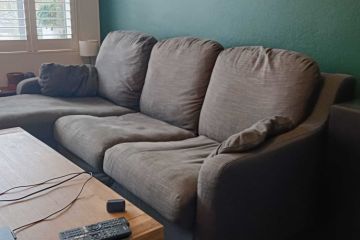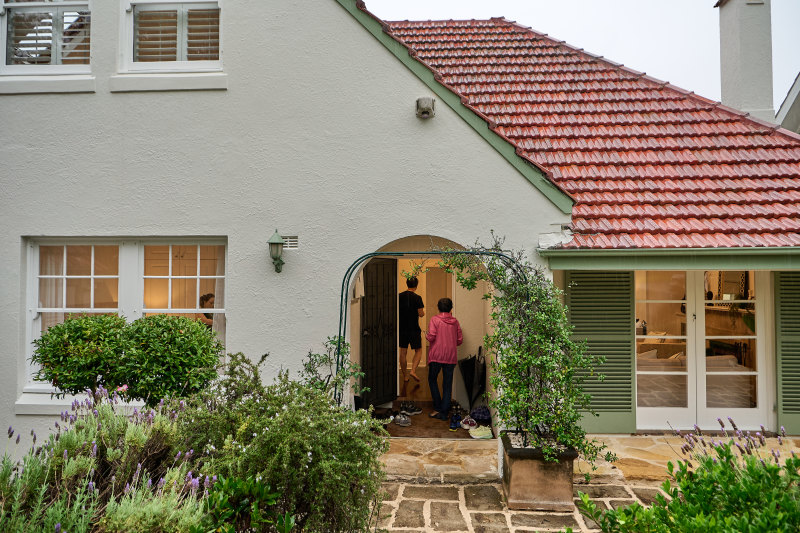Wooden floors at a bargain price

What is a floating floor?
For the uninitiated, the term ‘floating floor’ may conjure up images of magic carpet rides, but for those in the know, floating floors are a great way to achieve the look of floorboards without the cost of solid timber. It is literally a floor that floats on top of your existing one.
Floating or laminate flooring consists of manufactured timber boards, often with an MDF or plywood backing, with a solid timber, timber veneer or manufactured laminate surface.
Floating floorboards come in a wide range of colours, grains, widths and qualities, but bamboo flooring is considerably cheaper than other timbers. As an added bonus, it is also the most environmentally friendly option: bamboo’s short growth cycle makes it an easily renewable resource. Bamboo flooring is also incredibly durable, so it is the logical choice for families with young children or pets.
DIY floating floors
Like most things, getting your floor right relies on careful preparation and attention to detail. It can be a good idea to rope in a friend to help out when laying your floor.
First you need to measure out the space you are covering, ensuring you leave the right amount of room between the panels and walls – a 10 mm gap which will allow for any potential expansion.
Next, make sure the surface you are installing it on is clean, dry and, most importantly of all, level. The flooring panels can be installed over just about any kind of existing flooring (except carpet) simply by placing them on top of a foam underlay. If, however, you are installing over concrete, you will need a damp-proof membrane beneath your underlay.
The panels should slot together easily, just like puzzle pieces. Some types may need to be glued together, which can be a slightly messy job, so prepare a clean damp cloth to remove any excess glue. Many newer planks can simply be tapped gently into place with a rubber mallet or hammer and tapping block. The floor will be safe to walk on as soon as the final piece is laid and the dust settles.
Floating floors really are that easy to install, but for more detailed instructions, talk to your supplier or read the manufacturer’s instructions. If you get really stuck, you can also find numerous tutorials on websites including YouTube.
We recommend
States
Capital Cities
Capital Cities - Rentals
Popular Areas
Allhomes
More







